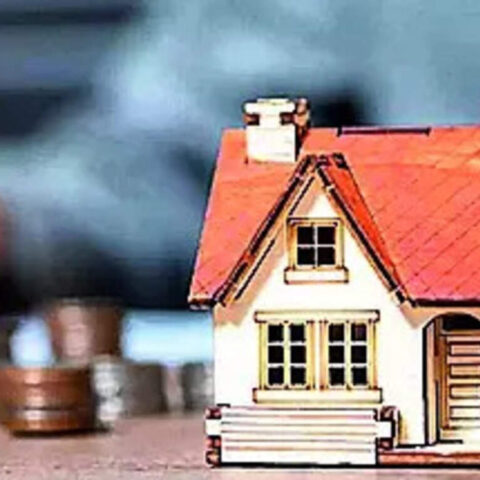Envisioning the home of the future has been the quest of homebuilders for generations. As building technologies have advanced, so too have trends that track and predict the look and feel of our homes, both inside and out. Today’s homes look markedly different from those of years past, and it is anybody’s guess how the landscape of American homebuilding will continue to evolve. However, six visionary homebuilders—who each play a critical role in helping homeowners and architects reimagine the future of living in the US—have some ideas.
While their predictions vary depending on region and clientele, they share a common belief that the homes of the future will be smarter, more sustainable, and more connected to community. Read on for their bold predictions on how innovative architecture and evolving social dynamics will redefine homebuilding over the next 20 years.
Keeping It Compact
While building bigger used to be a sign of personal achievement, today’s homes have been trending towards smaller footprints. Home builders across the country predict that this trend will continue, with the homes of the future becoming even more compact and efficient. “As land becomes scarcer and more expensive, the design of homes will change as well,” declares Ren Chandler, founder and president of Dyna Builders in Seattle, Washington. The Pacific Northwest builder has already seen an uptick in more compact footprints, especially with their recent focus on floating homes, which are notoriously small in scale. “We believe that new large single-family developments will decline and there will be a bigger focus on the development of smaller home communities,” explains Chandler.
The AD PRO Directory is now accepting Builders and Contractors
On the opposite coast, New York builder Edifice Upstate is seeing a similar trend. “We focus on building only what is needed, meaning that our houses are smaller in scale,” says Marc Thorpe, the company’s owner and cofounder. When it comes to the future of residential design, Thorpe thinks builders should encourage more efficient living in their blueprints. “While climate and energy should be the first considerations, number two would be to leave out closets,” he says. “You can’t buy more stuff when you have nowhere to put it.”
Automated Living
As homes become smaller, they will likely also become smarter. Efficient living means not only doing more with less, but also living in a way that integrates seamlessly with cutting-edge technology. “Home automation has always been prevalent, but we’re now seeing almost every house incorporate automation at some level as the technology advances and gets more user friendly,” says Chandler, who predicts the trend will continue to grow over the next two decades.
In California, Tyler Kobick, principal and CEO of Oakland-based builder Design Draw Build, holds a similar sentiment. “Technology and smart-home elements are everywhere in homes now, empowering low-voltage subcontractors similarly to interior designers,” he reflects. “I think this trend will continue and builders will be further challenged with the increasing specialization emerging throughout the design and build process.” Kobick believes builders will need to stay on the bleeding edge of this technology to make sure homes don’t become outmoded before they’re fully lived in. “Not unlike homes built before LED lighting took over the industry, homes will become dated increasingly faster with technology knowledge expectations advancing at a rapid clip,” he says. When it comes to tech at home, much like in the wider culture, staying ahead of the curve will become increasingly important.








